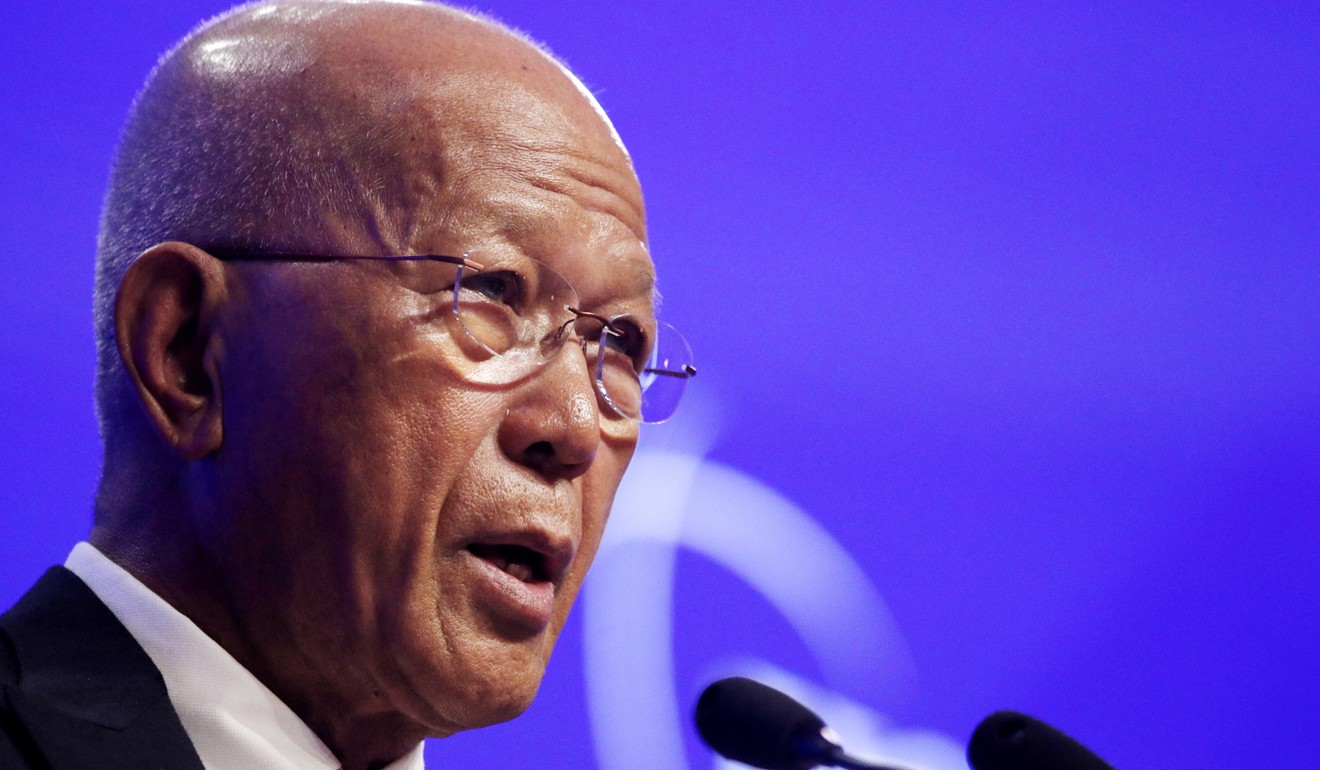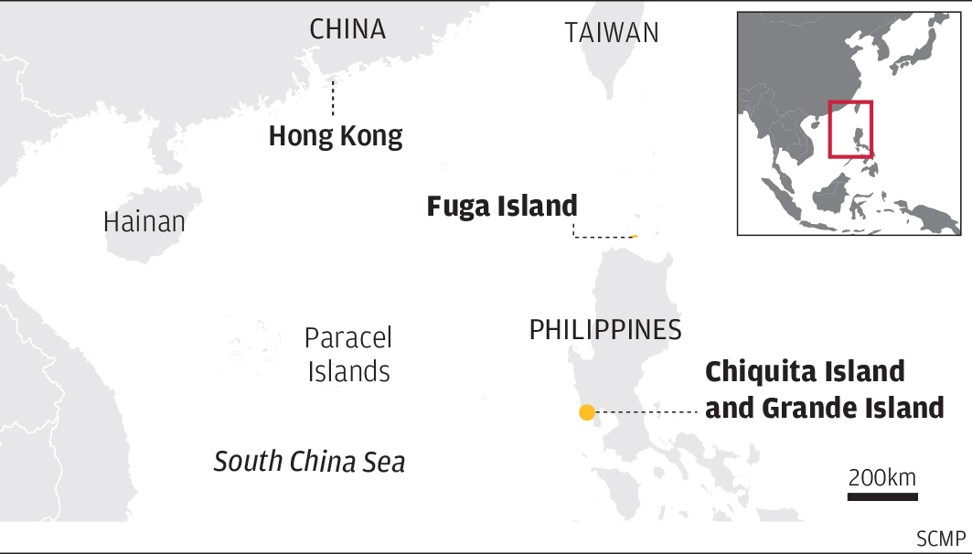
Duterte’s China development plan for South China Sea islands ‘poses security risk’ for Philippines
- The president has signed a multibillion-dollar deal with Xi Jinping to transform Fuga, Chiquita and Grande into tourism, leisure and investment destinations
- But the influx of Chinese cash will have long-term implications for national security, defence chiefs say
Former Philippine congressman Gary Alejano, an ex-marine captain and known critic of Duterte, said he strongly opposed the investment programmes as they threatened his country’s security and the livelihoods of Filipino businesspeople.
Defence chief accuses China of ‘bullying’ over maritime claims
“Our security and economic sectors are at odds. The security sector is losing out because our president is friendly with China. They cannot even comment or offer any input. But all economic activities also have security concerns.”

Alejano said it would be difficult to retake the islands from the Chinese after the developments were established, and any attempt to do so by force would sever diplomatic ties.
“China takes these steps gradually. If we complain then we have a problem,” he said, adding that once money was involved, untangling the two countries’ assets on the islands would be costly.
Support for Philippines’ protest against Chinese boats in South China Sea
“We would be remiss in our job if we did not at least call their attention to this,” Philippine navy spokesman Captain Jonathan Zata said on Monday.
“We know we need industry and economic activity to jump-start our nation’s economy, but there should be a balance with national security.”

Philippine defence secretary Delfin Lorenzana said he was unaware of the development plans but would instruct his intelligence team to carry out an assessment.
“Just like the Philippine navy, the Department of National Defence was also not consulted,” he said.
Duterte’s spokesman, Salvador Panelo, on Monday refused to comment on the issue.
“We will wait for the national security adviser and the secretary of national defence to give their comments on the security issues affecting those three areas,” Panelo said.
The winners and losers in Duterte’s China play
Historically the islands were used by China as potential jumping-off points for invasions or as defensive blockages.
The Philippine navy describes the area as a section of water and islands that China now aspires to close in on.

In Philippines, fears of slow internet trump fears of China
At a cabinet meeting on Monday, Duterte also approved a proposal by his foreign affairs department to stamp Philippine visas into the passports of Chinese visitors – a practice previously outlawed due to a map in the document depicting Beijing’s maritime claims. Immigration officials currently stamp the visa on a piece of paper.

